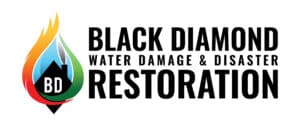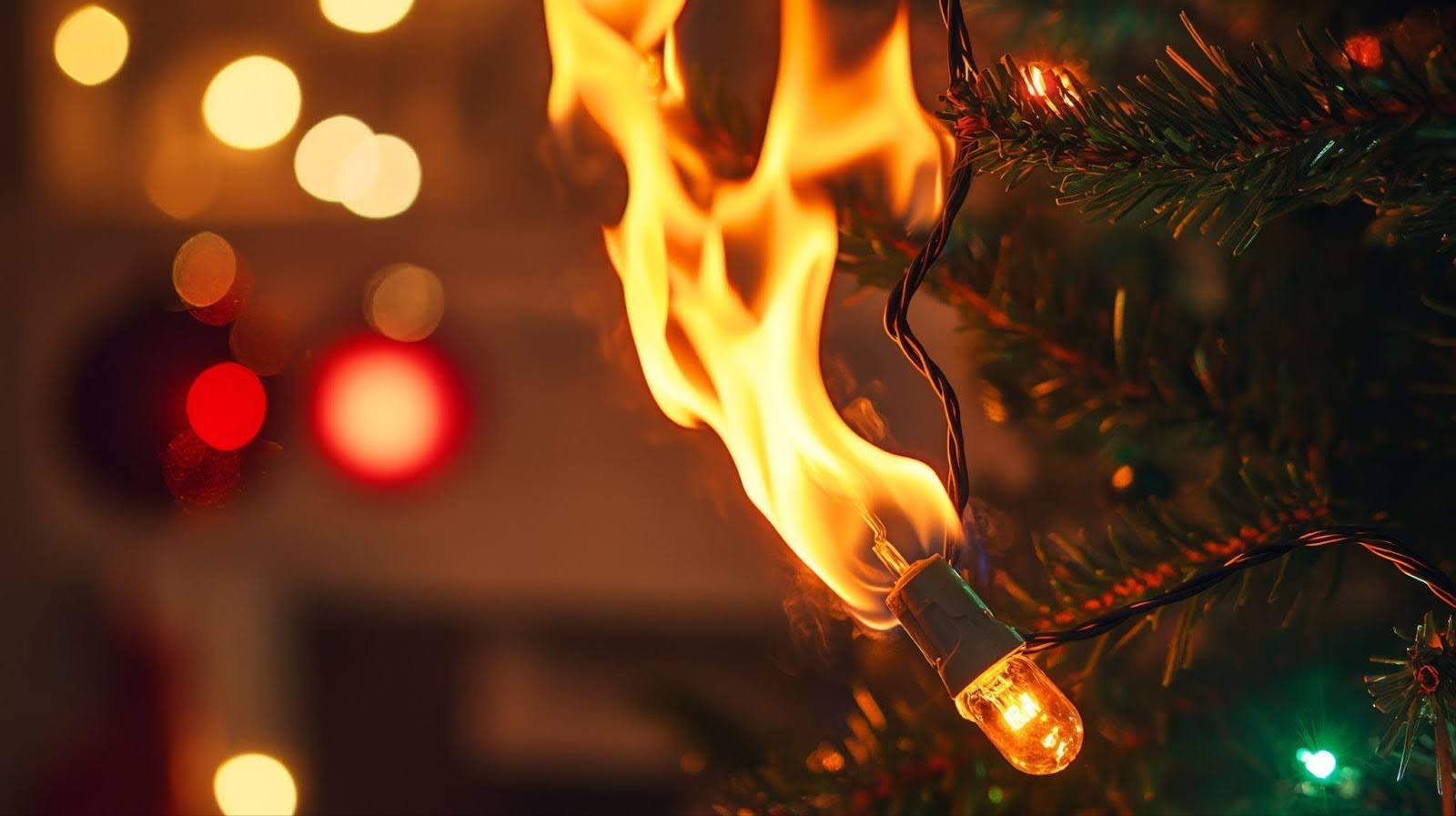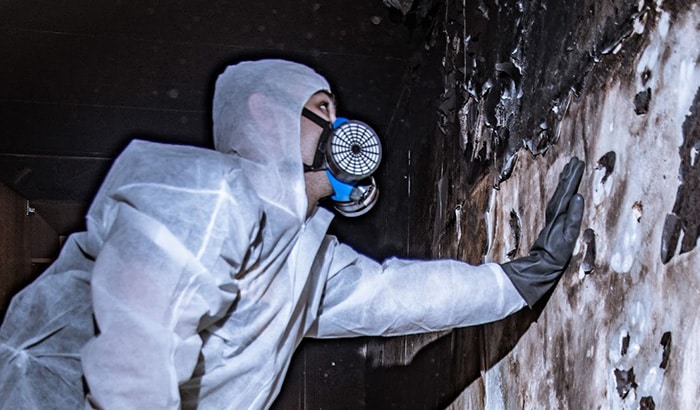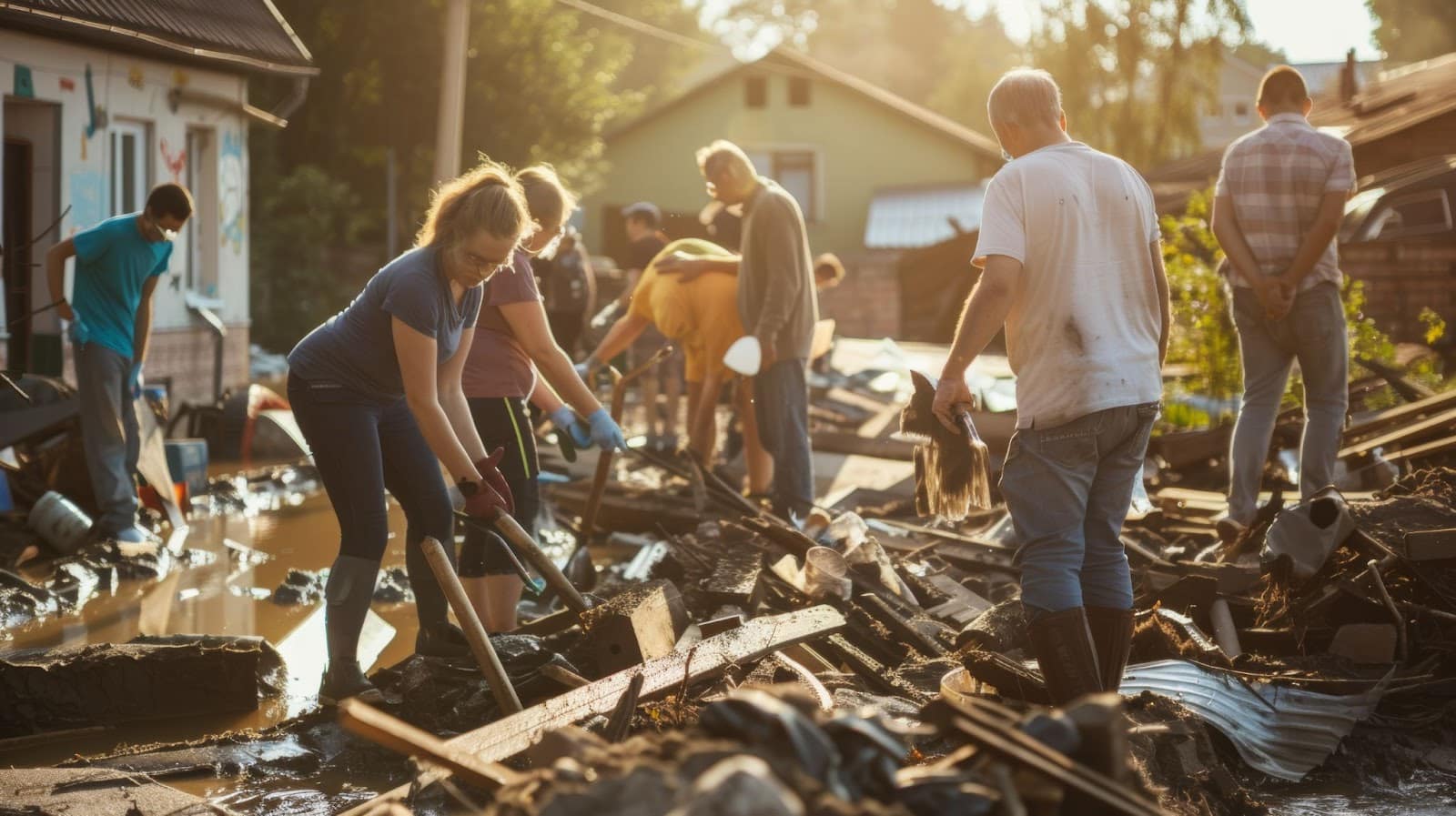
How to Prevent Attic Fires
Here’s a look at some of the most common causes of attic fires, as well as our tips to help prevent them from happening. By taking a few precautions, you can help ensure a disaster like this won’t happen to your home and family.









